Boss SY-300 Guitar Synthesiser
With thousands of pedals on the market it is hard to know where to put you cash. After a number of years using the Boss SY-300 I’ll be letting you in on my professional experience with the pedal. The good, the bad and the ugly.
I’ll cover a review of the Synth functions as well as using the pedal as a more standard multi-effects unit. Some areas that can be improved upon. And the place this pedal has in the rest of my gear. Let’s get into it!
Review – The Basics
Onboard Synthesiser
The Boss SY-300 is of course advertised as a Guitar Synthesiser pedal. The big selling point is it does not need and special pickups or cables from your guitar. Just a 1/4″ jack straight into the pedal.
It works by digitising your analog guitar sound. Passing your signal through a DPS (digital sound processor) to create parameters for your tone, volume… And it is amazingly latency free so no delay from the creation of your sound through the system.
With a digitised signal the pedal’s processor is then able to use the digital parameters to trigger the onboard synthesiser. It is not an effect in that it is not editing the sound from your guitar. Instead it is using the information from your guitar to synthesise the sound purely from the processor. Using this process you can create three simultaneous synth tracks blended together.
As you get into more detail in the setup you can then trigger layers at different volumes you play at. Though it isn’t the same as changing to the next preset, you can get creative with the dynamics in the preset.
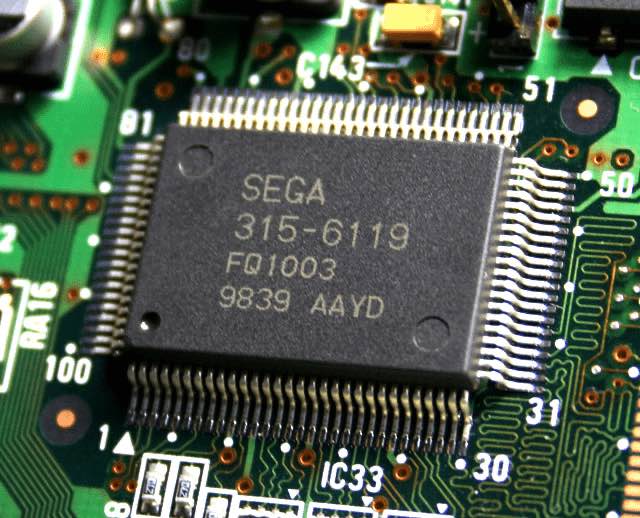
Standard Guitar Effects
Along with the synth sounds you also have a list of the good old guitar effects you are used to in a multi-effects processor. Unfortunately only four in the chain but this still gives you a very wide range of sounds. So what effects are on the list?
|
|
|
Any four of these can be placed into the chain in order to use the SY-300 as a standard multi-effects pedal along with the synth sounds. Within each effect you have full control over the different parameters you’d expect. Level, threshold, attack and so on. It is also worth noting you get several different distortions, reverbs, choruses and so on. This allows you to pick the type that fits the sound you are after. If it is a more bluesy or jazzy light crunch to a full on metal distortion. Whatever it is you are covered.
Build Quality
As you can guess the pedal stands up to the Boss reputation of build quality. As such I’ll keep this section short.
The hardy metal shell and four stomp switches give you the confidence of a traditional stomp box. And although it is not supplied with glow tape there is ample space on the neat silver surround plate to add some. Lights where you need them without the pilot’s cockpit of LEDs on every button and switch. All-in-all very solid and feels like quality.
I’ve thrown mine around quite a bit and been stomping on it many times. If you’ve gigged on a big stage you’ll understand getting carried away on the other side of the stage with a solo. Of course forgetting that you need to have made your way back to your pedals to change to the next preset. The following run and jump onto the foot switch needs some sturdy build.
Interface
The interface is key to marrying your creativity with the pedal’s capabilities. This is where many pedals fall down. The interface of multi-effects pedals has historically been an engineer’s playground rather than a musician’s intuitive tool. While the SY-300 is a vast improvement on this you will still want to take your time to learn the device and the menus.
This pedal focuses around the display controlled by the multi-function dials. These make navigation through the menus and effects very efficient. On a professional note you do not want to take more than a few seconds to adjust the pedal in rehearsals. It comes across badly if everyone is waiting while you tinker.
The on screen effects chain is great and I’m a big fan. If you have experience with a pedal board or recording software it is intuitive and opens up creative options. Full marks here.
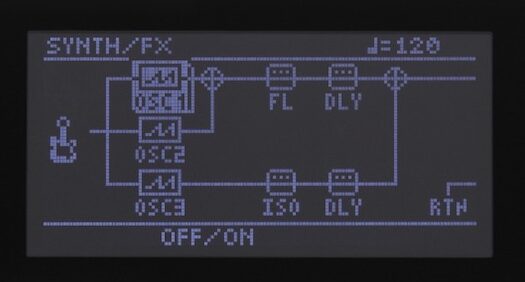
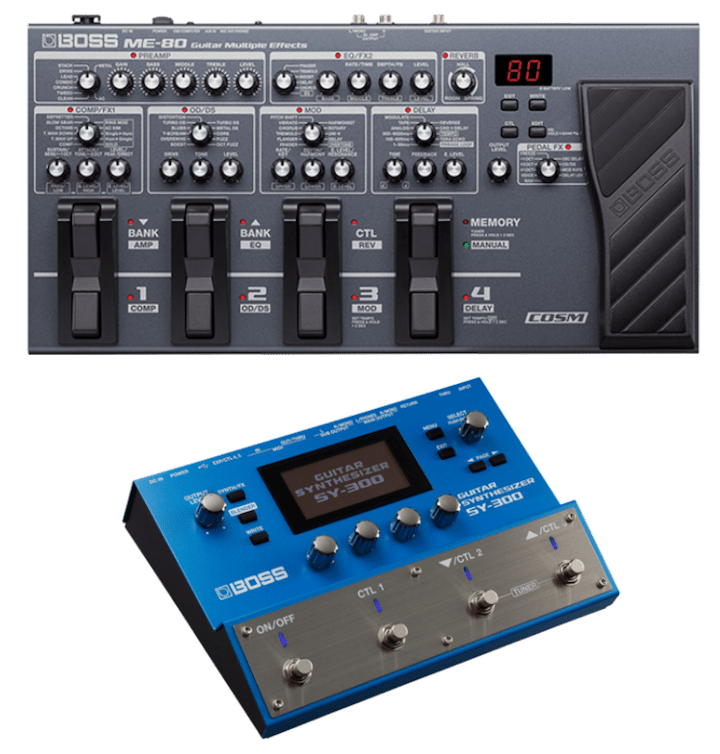
Of course with faster technology these pedals are heading towards multi-function dials and relying heavily on an intuitive and more detailed display. Just look at the difference between this and the ME-80 from 2014. The vast jump forwards is clear and yes it does make a big difference to usability. That’s 30 dials on the ME-80 compared to the 6 on the SY-300.
Sound Versatility
The question I ask in terms of general versatility for my guitar gear. How often do I come across a sound or idea that I either cannot achieve, or need to work around in some way? In this case that has rarely happened and instead I am always finding new sounds and ideas that the SY-300 is capable of.
The ideal multi-effects pedal would inspire your creativity. A lack of versatility keeps your ideas hitting the boundaries of the pedal’s capabilities.
The SY-300 is, as we have mentioned, advertised as a guitar synth. But also has the standard effects that we listed above. So how versatile is it? Can it replace your standard effects pedal? Or is the standard effects side secondary and not up to the task?
In most cases for me the answer is a clear one. Yes it can replace you standard effects in most cases and does a good job at it. Have a listen to this example of the solo from Hotel California run purely through the SY-300. I have a little more distortion than the original track and am on humbuckers to play around with more harmonics. Other than those preferences to fit my playing and guitar it did not take long to get quite an accurate sound. Plus more tweaking would make it more accurate if you are after a total replica. So in my mind this is a definite contender to not only make the awesome synth sounds. But also to carve its position on your floor as a high quality traditional effects unit. A very versatile pedal!
Hotel California Guitar Solo
And for those who are wondering. Yes you can plug in an expression pedal if you want to take the modular approach and have that extra bit of control of your sound. The standard Roland EV-5 or better the BOSS FV-500L/500H will plug right in.
Creative Options
The purpose of gear for a musician is to be the conduit for musical ideas. The less friction in this the better. It used to be the case that you either had your sound restricted by the gear you has access to. Or you needed to search for the pedal or gear that could express the idea in your head. Modern technology is now giving you a list of tools right off the bat that have a world of sounds you can explore. Here is where the SY-300 gets into it’s stride, the areas you can get creative. Want to hear some of my personal favourites?
Parallel Signals

In the on-screen chain you can have two parallel lines of guitar signal. You can control the junction out of the three synths to these two signal lines. Then add separate guitar effects onto these independently. In this photo you can see the Flanger and Delay on the top line with the Isolator and a different Delay on the bottom line.
I am personally a big fan of running a clean sound along with a distortion adding extra depth. When blended well you don’t notice the second channel but it adds a crisp attack that you cannot get from the single distortion channel. Put this with the three layers of synth and it is easy to see why I dub this pedal my “go-to guitar pedal”.
Stereo
This isn’t unique but I’m putting it here a so few guitarists make the most of this. Guys stop using mono out and make use of the stereo L/R which are on both the Main and Sub outputs.
Many of the effects have stereo capabilities and it adds major depth and quality to the sound. Go into your phone settings and change your audio to mono, put your favourite songs on and see the difference. It kills the sound along with many of the features in the effects.

How Can The Sy-300 Be Improved?
The review so far has been of what is there. Now let’s talk about what isn’t there and I’d love to see. I’m going to be picky as I use this pedal professionally and hold Roland Boss to a high standard. There are three main points that could be improved upon which would really make this pedal excel:
Auxiliary Input
An Auxiliary Input would be a major bonus on this unit. This would allow very easy use of backing tracks either at home or smaller gigs. There have been so many times I have needed to set this pedal up through an audio interface and laptop running Logic Pro X in order to use another input.
On stage this means issues with sound engineers searching for extra DI boxes. At home it makes a setup time/space taking enough to make running your guitar and a backing track into headphone impractical.
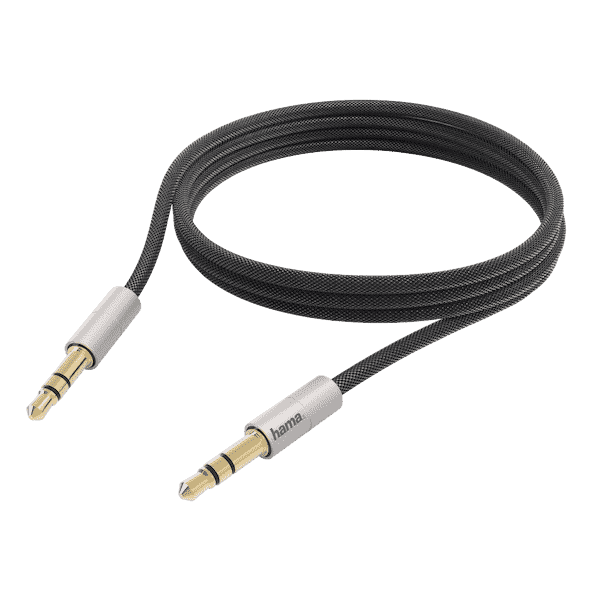
Noise Gate
The noise gate is one of the most underrated effects. As distortions, static through the cables your guitar components build up the sound gets less and less clean and crisp. The noise gate can get rid of these leaving just the song you want. Now put this over a full and band the amount of junk in the overall sound you are dispensing of can be shocking.
However, the noise gate can also be used as an effect past just cleaning up your sound. For example it can give your power chords a diodic on/off sound with a punch on the rhythm and total silence between. This makes strong use of the silence between the chords and can give the play between between drums and guitar that bands like Nickelback regularly use.
With this in mind back to how it relates to the SY-300. There is enough gate to generally clean up the sound although not as effectively as I would like. If you want to have a more extreme noise gate to get that crisp diodic sound the extent of the parameters are not there. This has before had me on stage with a separate pedal to pick up this function which could be avoided.
Plugins
This is one thing I would love to see in this pedal! Technically you can automate all the parameters of the presets and change the presets with a midi channel. Want your distortion level to slowly increase throughout a solo? Change presets without needing to stomp? With a plugin on Logic it would be fully possible to create a midi track with your backing track and automates your SY-300 in time with the track. This is not available but would set the pedal apart in a way I have never seen.
Through trial and error I managed to changed presets but most of the midi codes are hidden in the coding the Roland Boss could not supply me with them. With a plugin like this I would be using sounds on stage that I would never previously have dreamt of creating.
The Tool For What Job?
Every piece of gear has one job it is best at. The basic idea that you need a hammer for a nail but not for a screw. So where does this pedal fit in with my other gear? These points are personal preference but you can infer some ideas about the SY-300.
The key words here are portability, versatility and creativity. I’ve done many years of carrying around heavy gear with lots of setup and pack away time. Call it lazy but I like compact and easy. The SY-300 is light and small so it fits in my small city backpack with my laptop and everything else I need. Within five mins I have my kit setup and I’m enjoying the music.
The versatility plays into this. By not needing much other gear to go with it everything is quick and easy. If I am setting up on stage or at the Academy I know I have all I need. I have more than enough to be creative and also deal with any unexpected complications along the way. Like the time we were booked for an acoustic evening and found at the venue there had been an error. Turns out it was a Hard Rock / Metal gig. So a bit of on the spot rethinking with the SY-300 saw a transformation into some much heavier sounds!
What might I add to the chain along with the SY-300?
Like the “best paired with” section of a wine list here are a few pedals I throw into the mix when needed. As the SY-300 covers so much there are not many I feel the need to add but here they are.
When you’ve tried a wireless system it is hard to go back. I’ve been using the Line 6 G50 Relay for a number of years. Mainly because when it first came out it was the best by a long way. Now there are a few options to try out. As I would add this to any chain, it is not a passive or negative for the SY-300.
The Wah pedal is one that multi-effects units struggle with. Even if it is a larger unit with an expression pedal they don’t match a good old Cry Baby. In my opinion the Cry Baby 535Q Multi Wah is the most versatile and I prefer adding this to the chain when needed. A slightly modular approach here keeps the size down on the main multi-effects with the top quality Wah when needed.
Final Thoughts
There are many points that put this pedal in a very competitive position in the guitar effects market. It does not cover all bases perfectly but well enough for me to take on tour and use daily in the Academy. The sound quality is great and I am never feeling like I am missing sounds I want.
If you are a creative guitarist who enjoys a wide range of sounds this pedal is amazing. On the other hand if you are new to the instrument and how effects work it might be on the confusing side and need a little more study. Either way the pros for the SY-300 far outweigh the cons.
Did you find this page useful? If so be amazing and share it with your friends! And don’t forget to Follow me on Facebook, Stay up-to-date on my Twitter and See the latest pictures and videos on Instagram. I’ll see you in the next article!




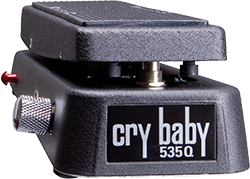
Leave A Comment